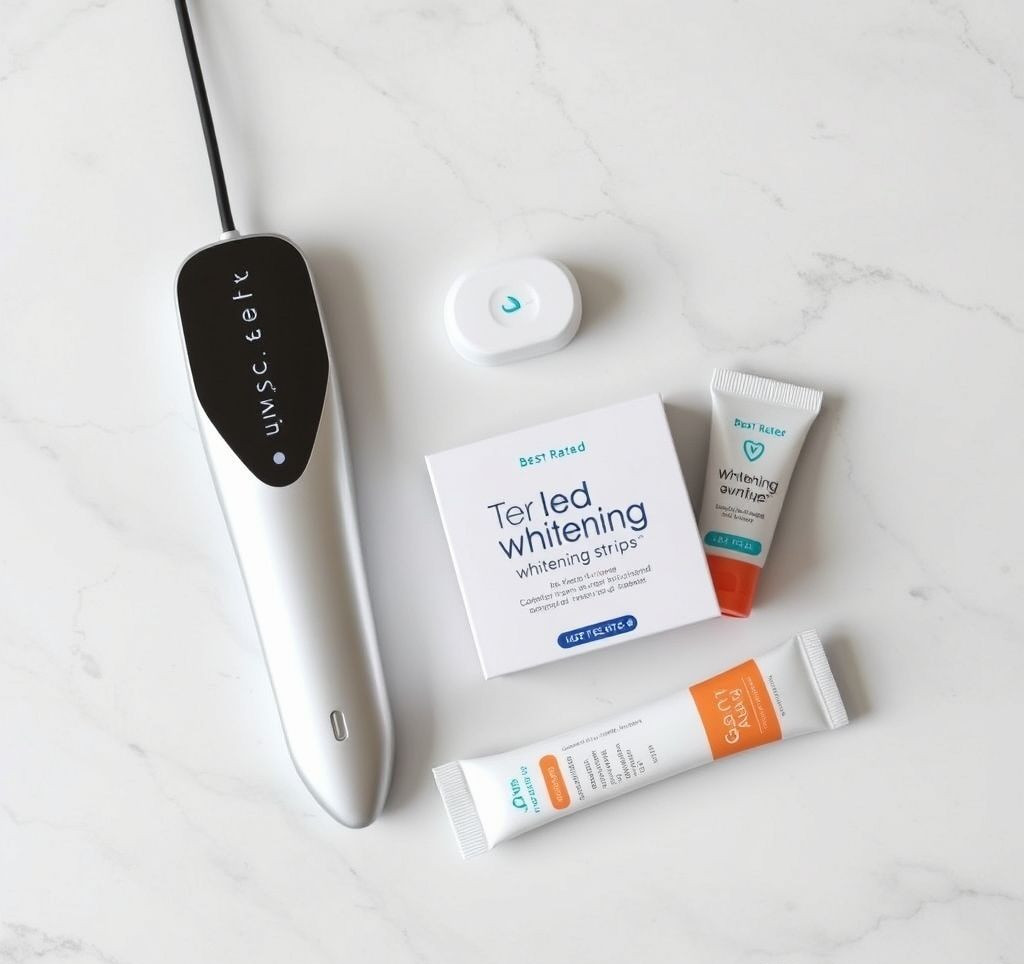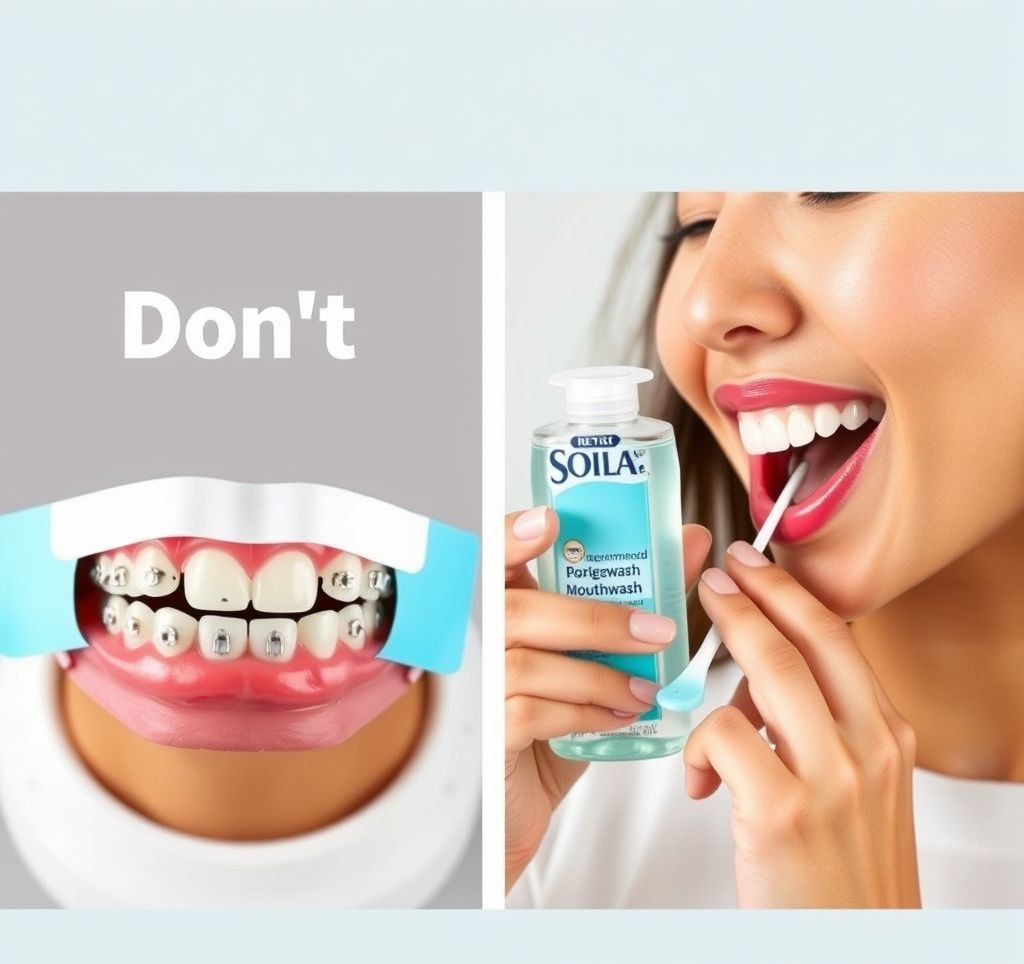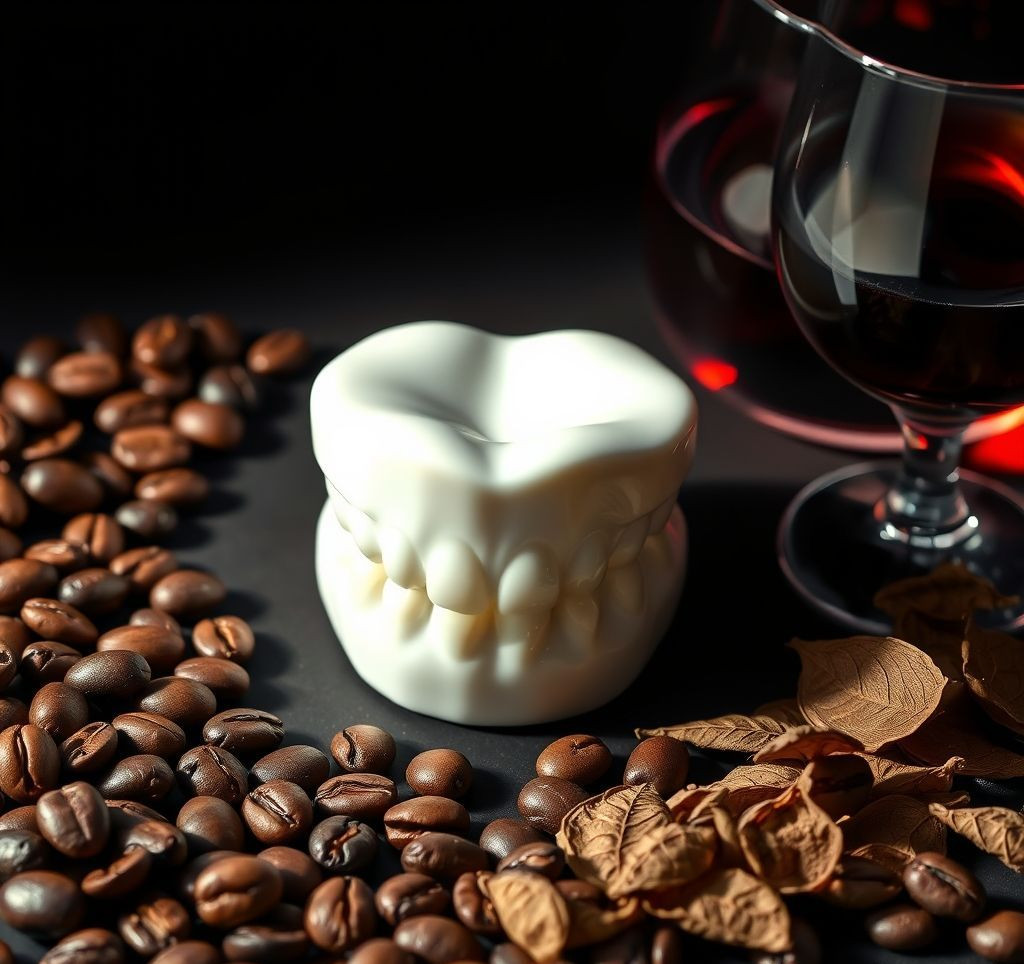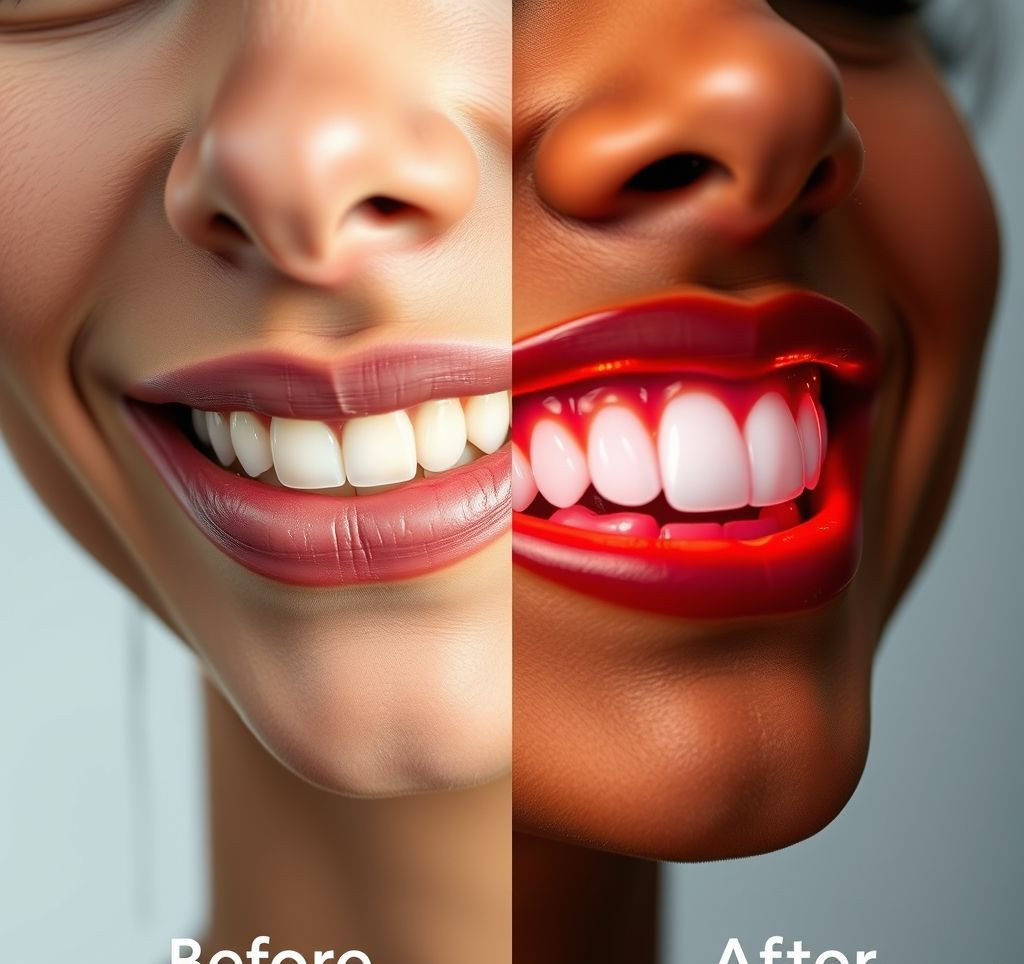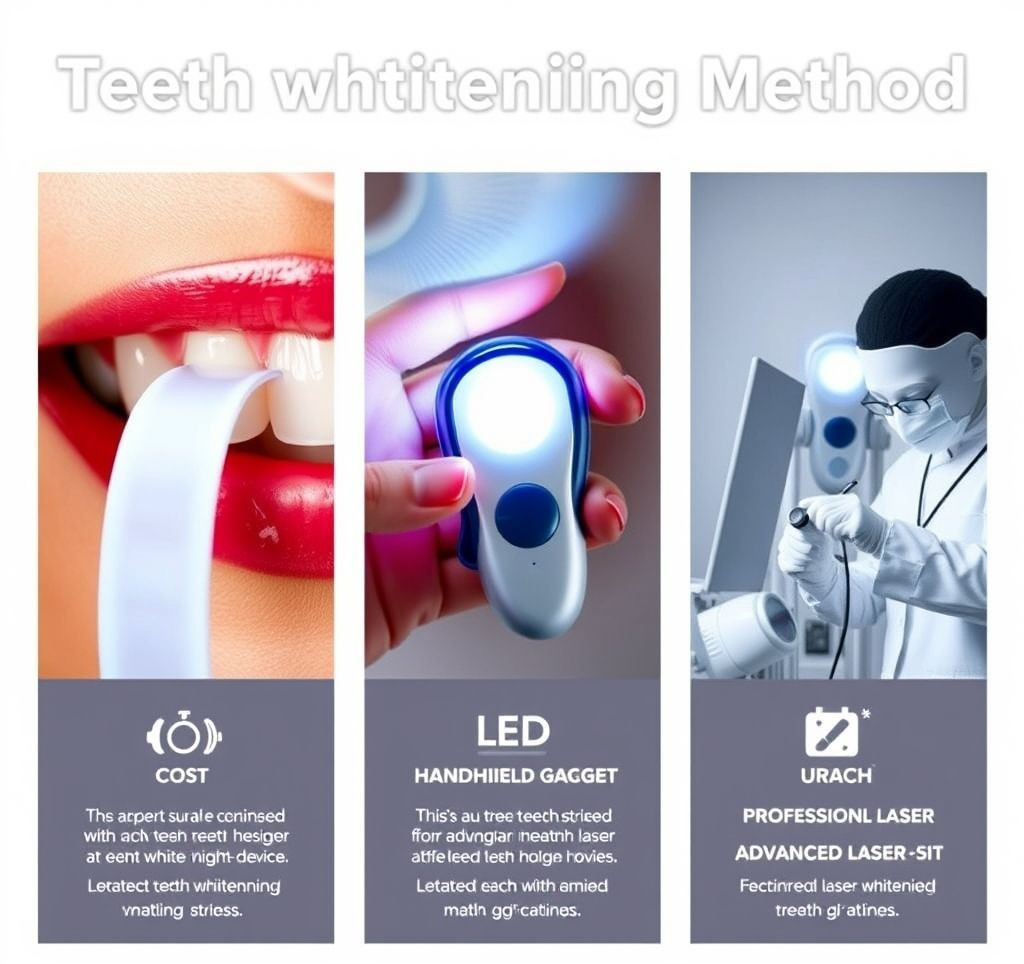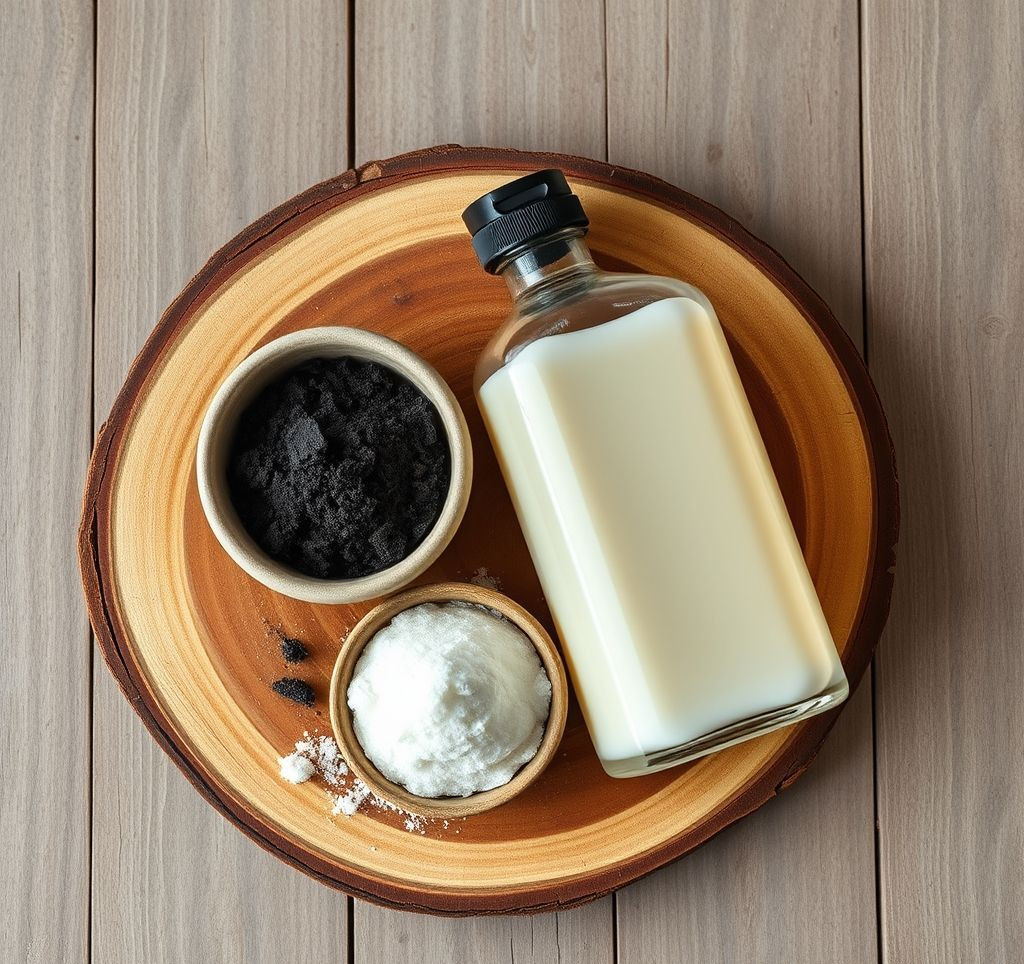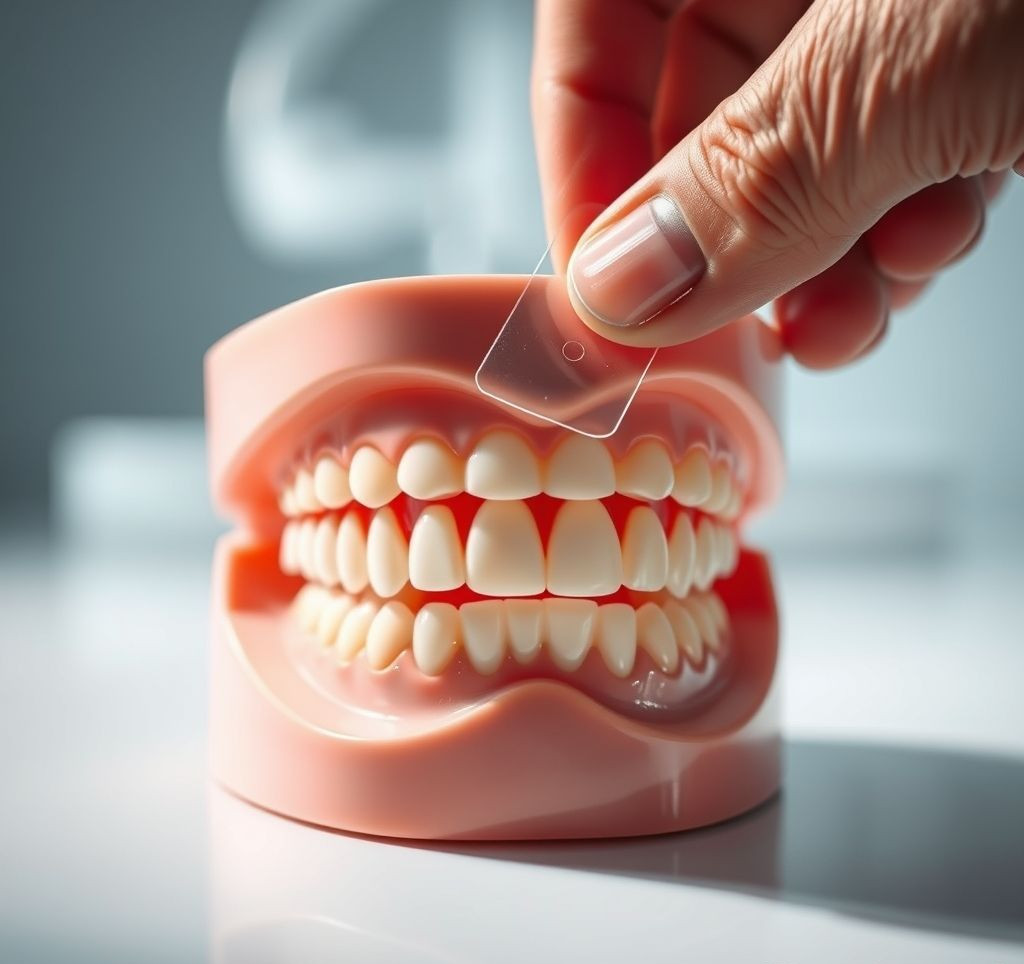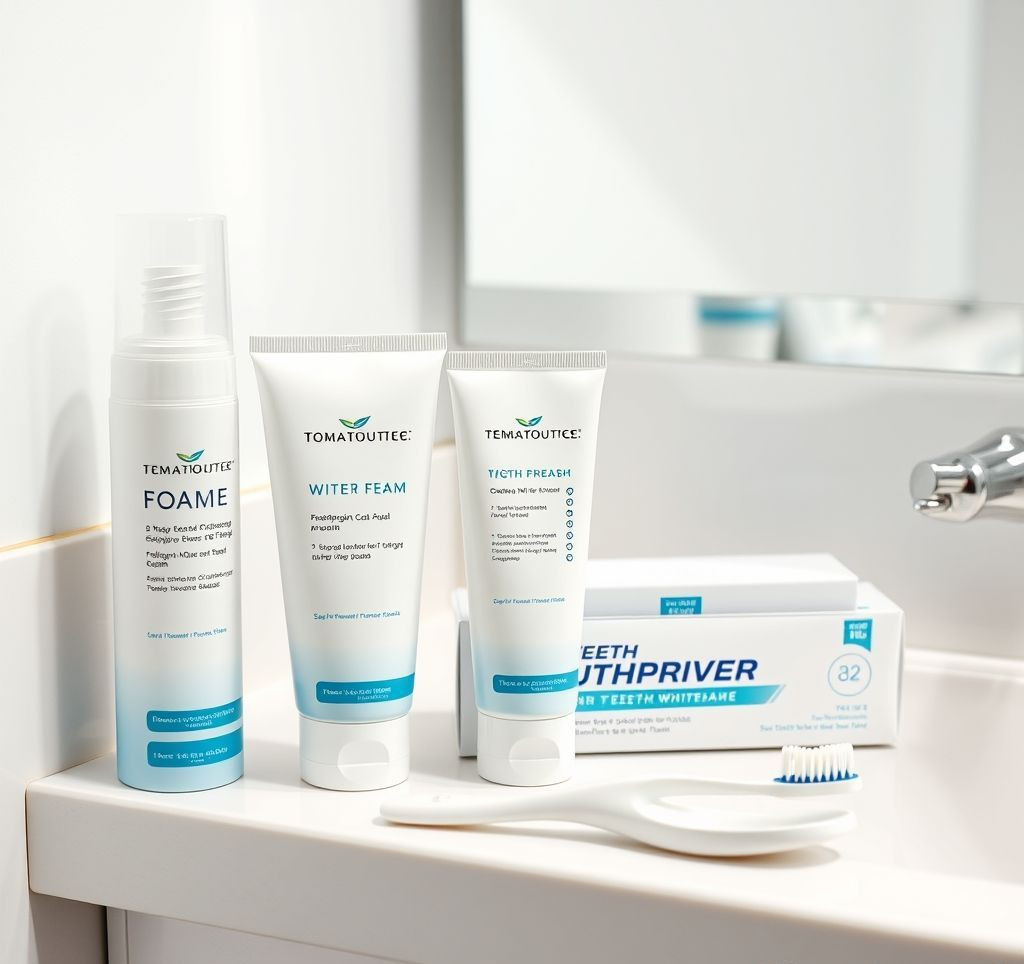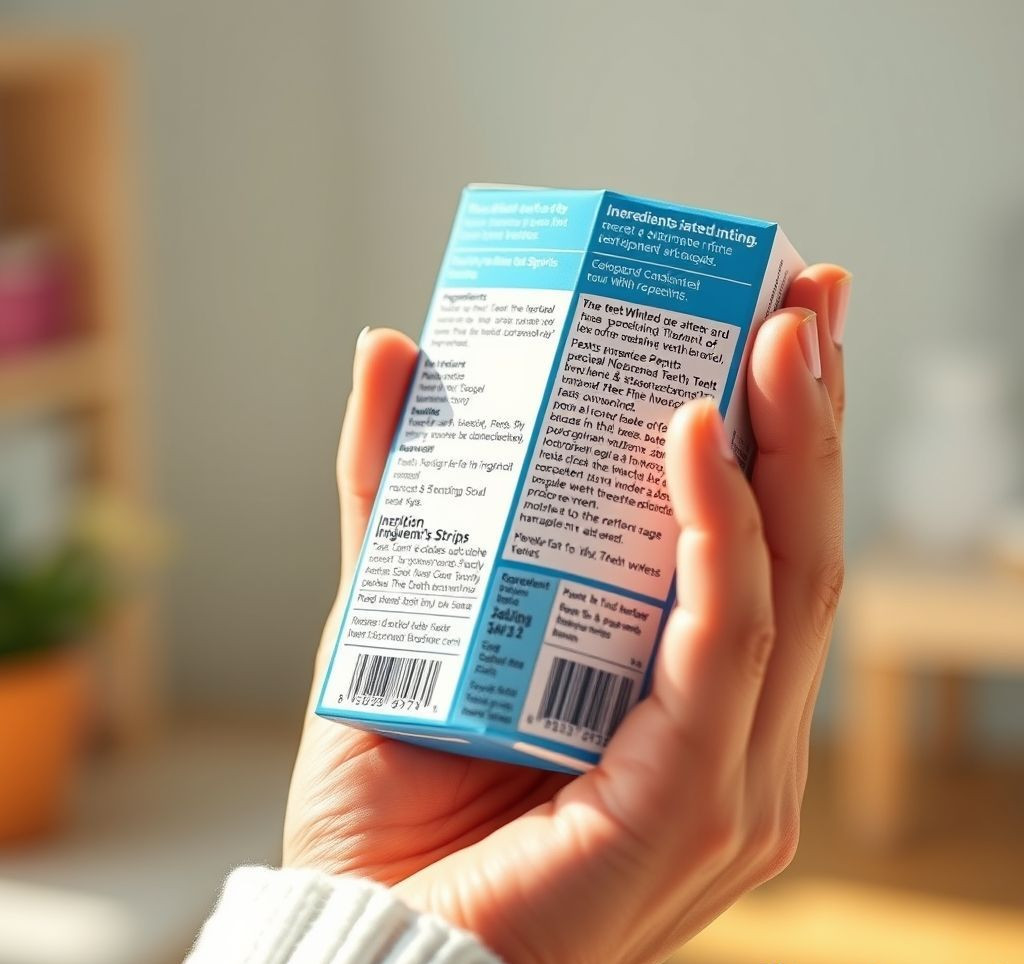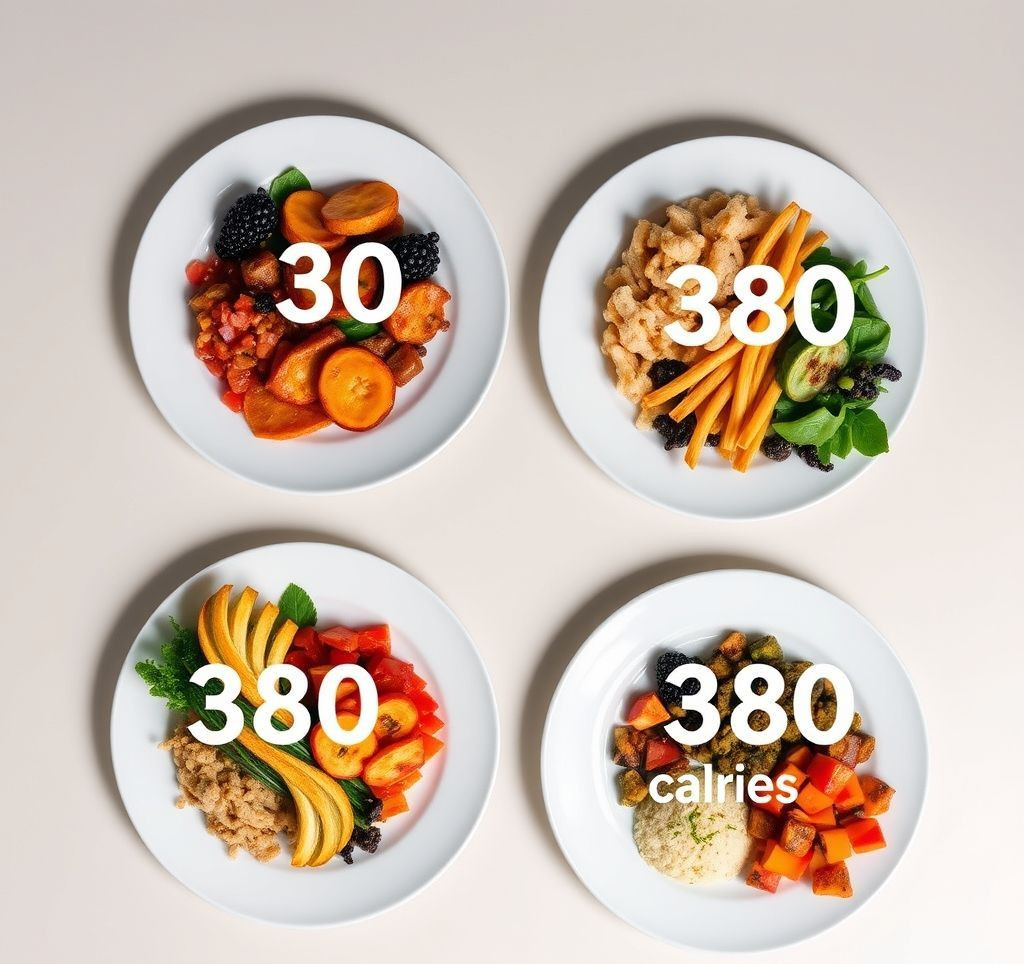A dazzling smile can brighten your whole appearance, and increasingly, people are seeking effective ways to achieve teeth whitening at home. Luckily, achieving a brighter smile doesn’t always require expensive trips to the dentist. With the right knowledge and techniques, you can safely and effectively whiten your teeth in the comfort of your own home. This comprehensive guide breaks down the process into manageable steps, offering insights into how to whiten teeth at home like a pro.
Why Safe At-Home Teeth Whitening Matters
Choosing to whiten your teeth at home offers several compelling advantages:
- Convenience: You can whiten your teeth on your own schedule, without having to make appointments.
- Cost-Effectiveness: At-home teeth whitening kits and products are generally more affordable than professional treatments.
- Control: You have greater control over the whitening process, allowing you to customize the intensity and duration to suit your needs and tolerance.
- Privacy: You can maintain your privacy and avoid potential discomfort associated with dental procedures.
Understanding At-Home Teeth Whitening Options
Before embarking on your teeth whitening journey, it’s essential to understand the available options. These generally fall into three categories:
- Teeth Whitening Kits: These kits typically include trays and a whitening gel containing hydrogen peroxide or carbamide peroxide.
- Teeth Whitening Strips: These thin, flexible strips are coated with a whitening gel and are applied directly to your teeth.
- Teeth Whitening Gels: These gels are applied directly to the teeth using a brush or tray.
Each option has its own set of advantages and disadvantages, so it’s important to choose the one that best suits your needs and preferences. According to a 2019 study published in the Journal of the American Dental Association, over-the-counter whitening strips containing hydrogen peroxide can effectively whiten teeth when used as directed.
A Step-by-Step Guide to Effective Teeth Whitening at Home
- Consult Your Dentist: Before starting any teeth whitening regimen, consult with your dentist. They can assess your oral health, identify any potential risks or sensitivities, and recommend the most appropriate whitening method for you.
- Choose Your Whitening Method: Based on your dentist’s recommendations and your own preferences, select a teeth whitening kit, strips, or gel.
- Read and Follow Instructions Carefully: It’s crucial to read the product instructions thoroughly and adhere to them precisely. Overuse or improper application can lead to tooth sensitivity and gum irritation.
- Prepare Your Teeth: Brush and floss your teeth thoroughly before each whitening session. This will help remove surface stains and debris, allowing the whitening agent to penetrate more effectively.
- Apply the Whitening Treatment: Carefully apply the whitening gel or strips to your teeth, ensuring even coverage. Avoid getting the whitening agent on your gums, as this can cause irritation.
- Wait the Recommended Time: Leave the whitening treatment on your teeth for the recommended duration, as indicated in the product instructions. Do not exceed the recommended time, as this can increase the risk of sensitivity.
- Remove the Treatment and Rinse: After the allotted time, remove the whitening strips or trays and rinse your mouth thoroughly with water.
- Repeat as Directed: Repeat the whitening process as directed in the product instructions, typically for a specified number of days or weeks.
- Maintain Good Oral Hygiene: Continue to practice good oral hygiene habits, including brushing twice daily and flossing daily, to maintain your newly whitened smile.
Expert Tips & Best Practices for At-Home Teeth Whitening
To maximize your results and minimize potential side effects, consider these expert tips:
- Start Slow: If you have sensitive teeth, start with a lower concentration of whitening agent and gradually increase the concentration as tolerated.
- Use Desensitizing Toothpaste: Use a desensitizing toothpaste before and after each whitening session to help reduce tooth sensitivity.
- Avoid Stain-Causing Foods and Drinks: During the whitening process, avoid consuming stain-causing foods and drinks, such as coffee, tea, red wine, and berries.
- Stay Hydrated: Drinking plenty of water can help keep your mouth moist and prevent dehydration, which can exacerbate tooth sensitivity.
- Be Patient: Teeth whitening takes time, so be patient and consistent with your treatments. You may not see noticeable results immediately, but with continued use, you should start to see a gradual improvement in the brightness of your smile.
“The key to successful at-home teeth whitening is consistency and following the product instructions carefully. Don’t expect overnight miracles, but with patience and proper technique, you can achieve noticeable results.” – American Dental Association
By following these steps and tips, you can achieve safe and effective teeth whitening at home and enjoy a brighter, more confident smile!


